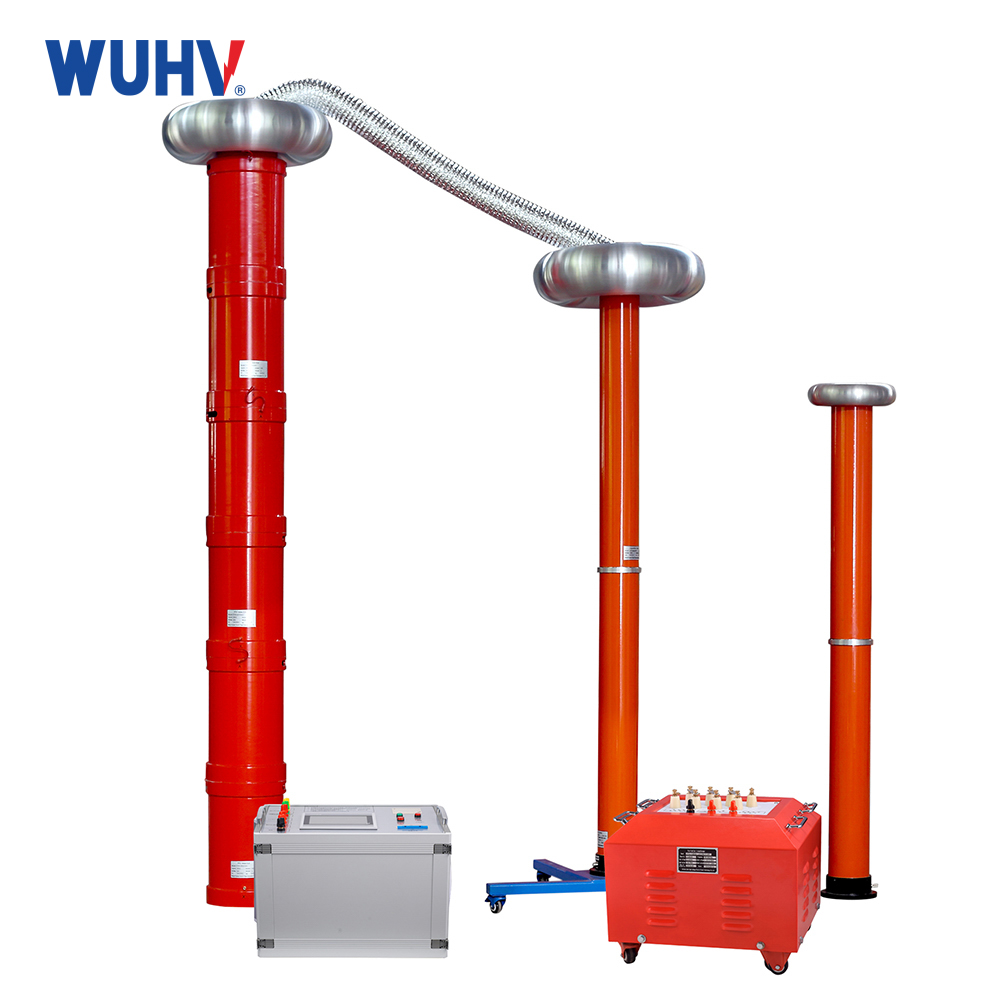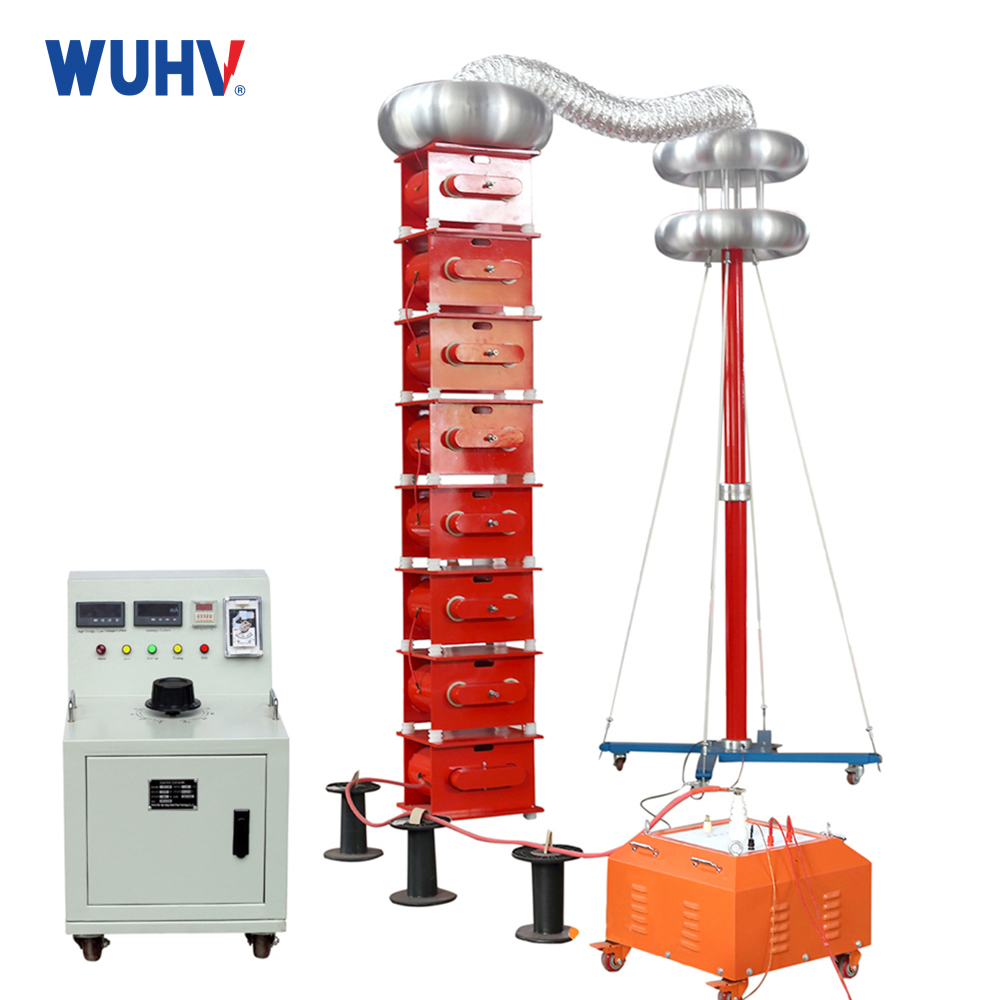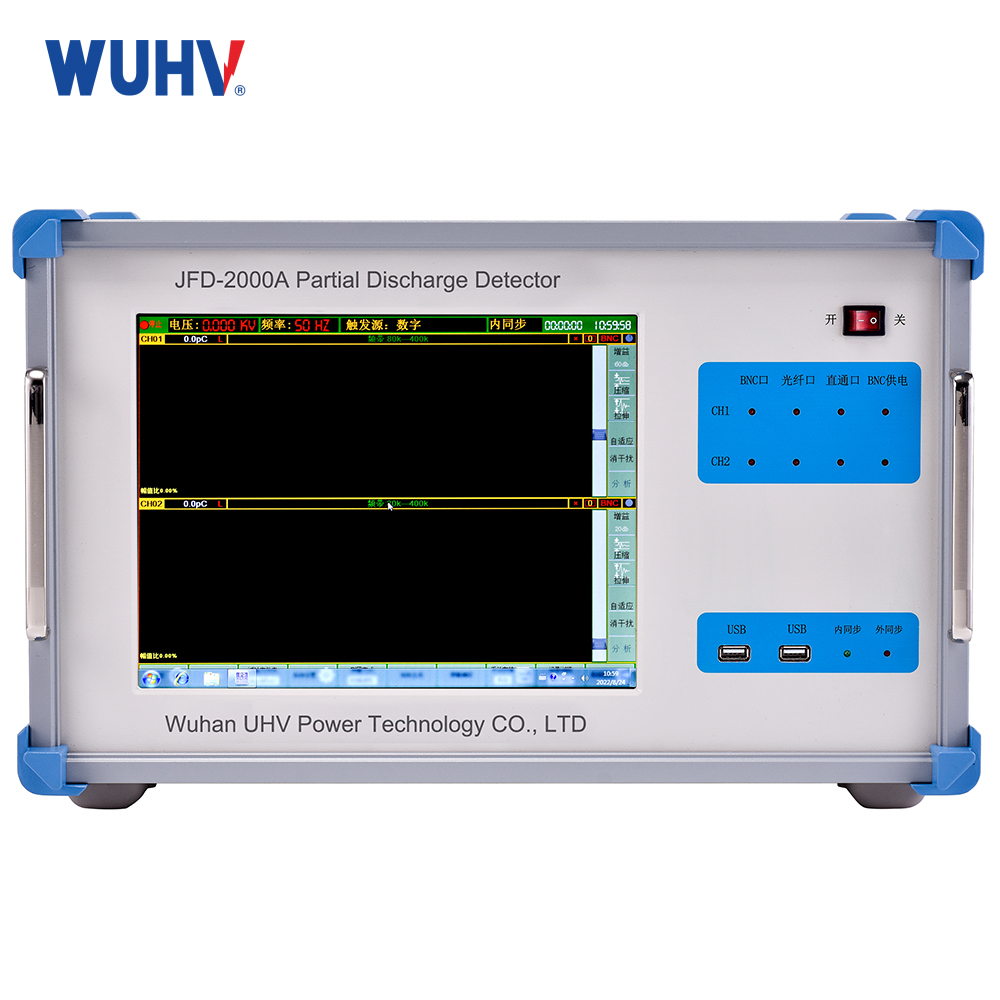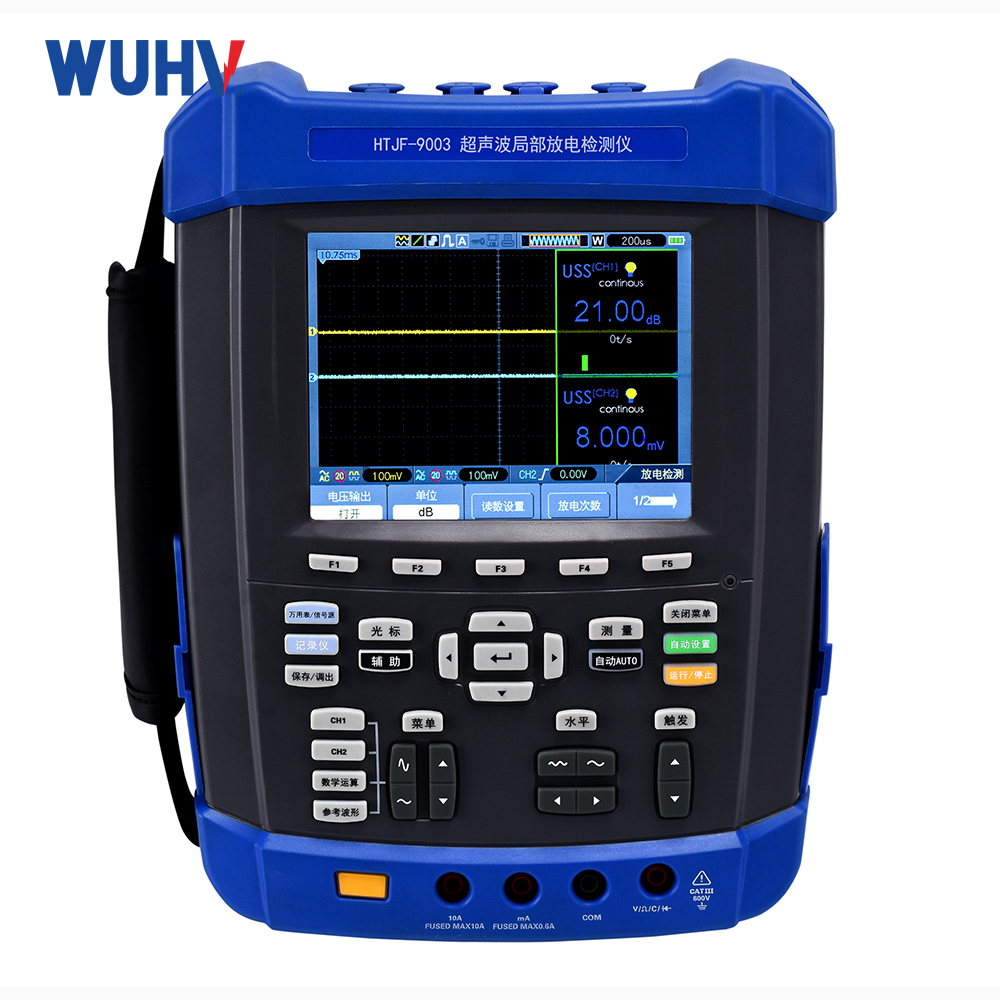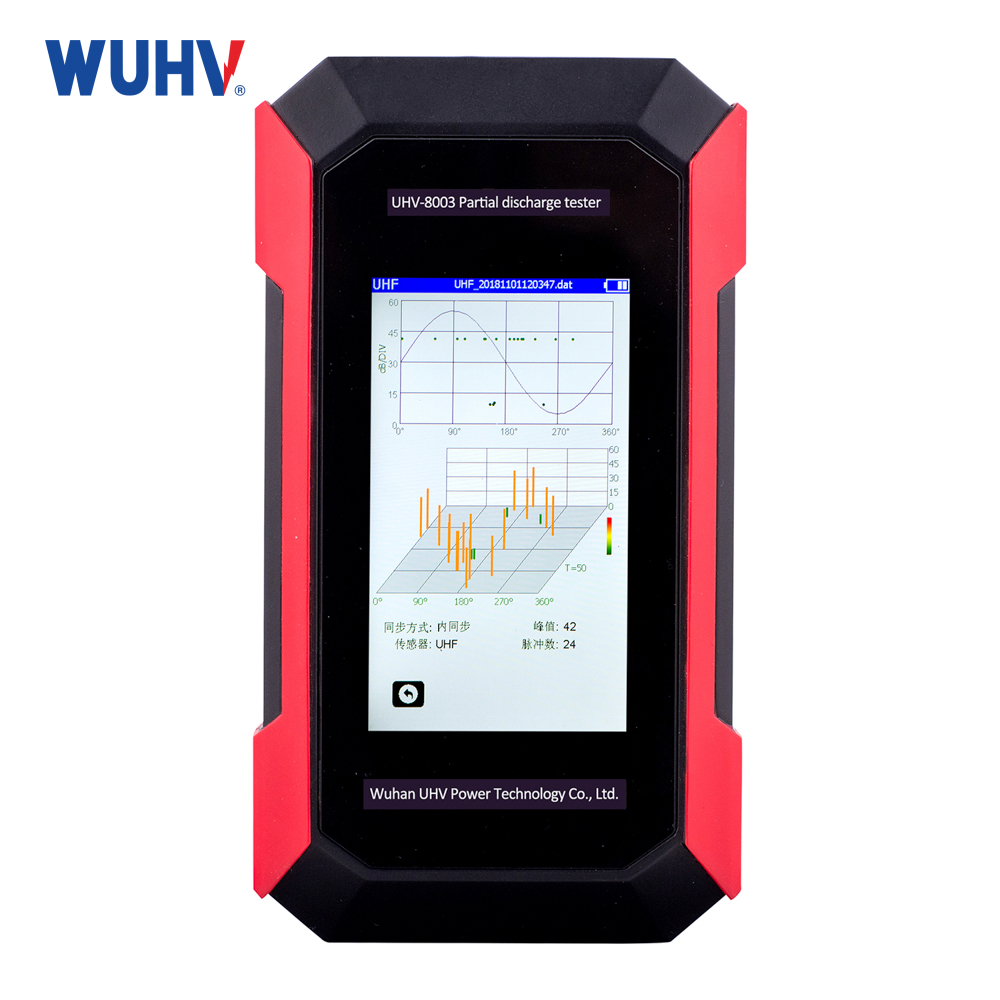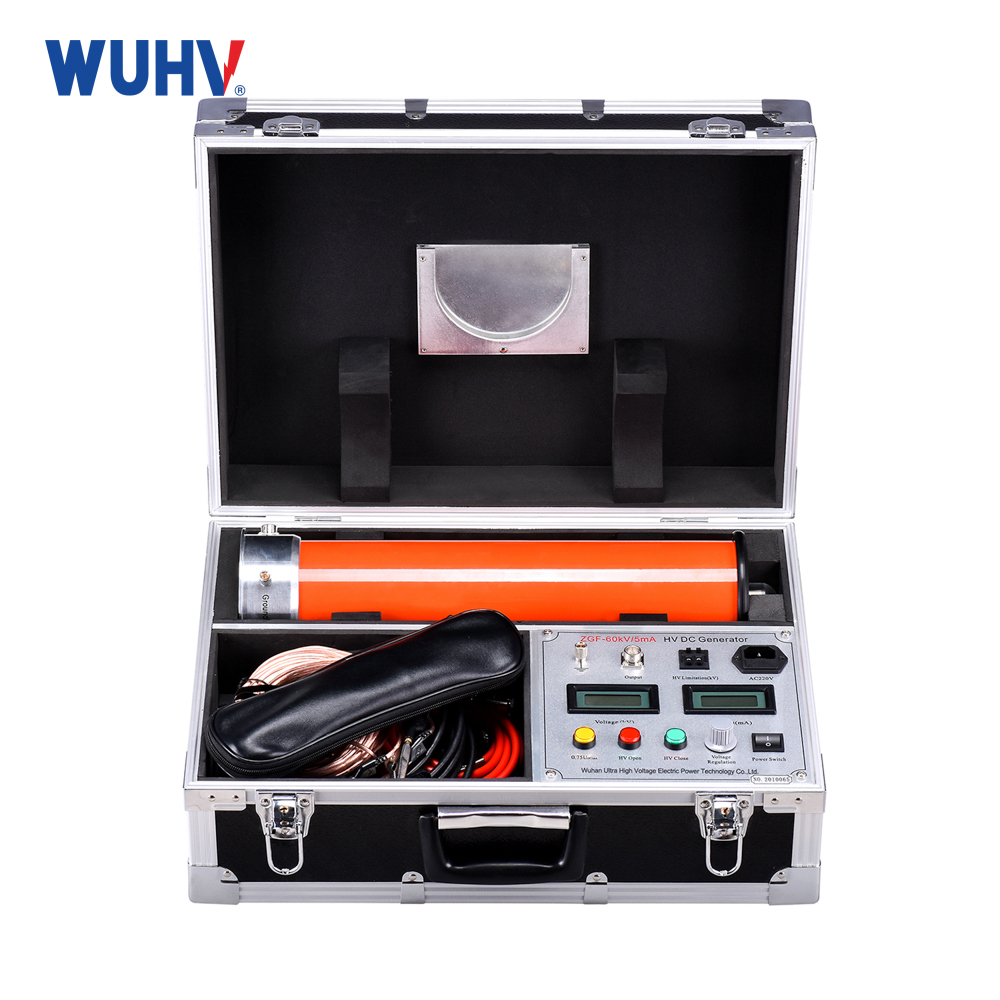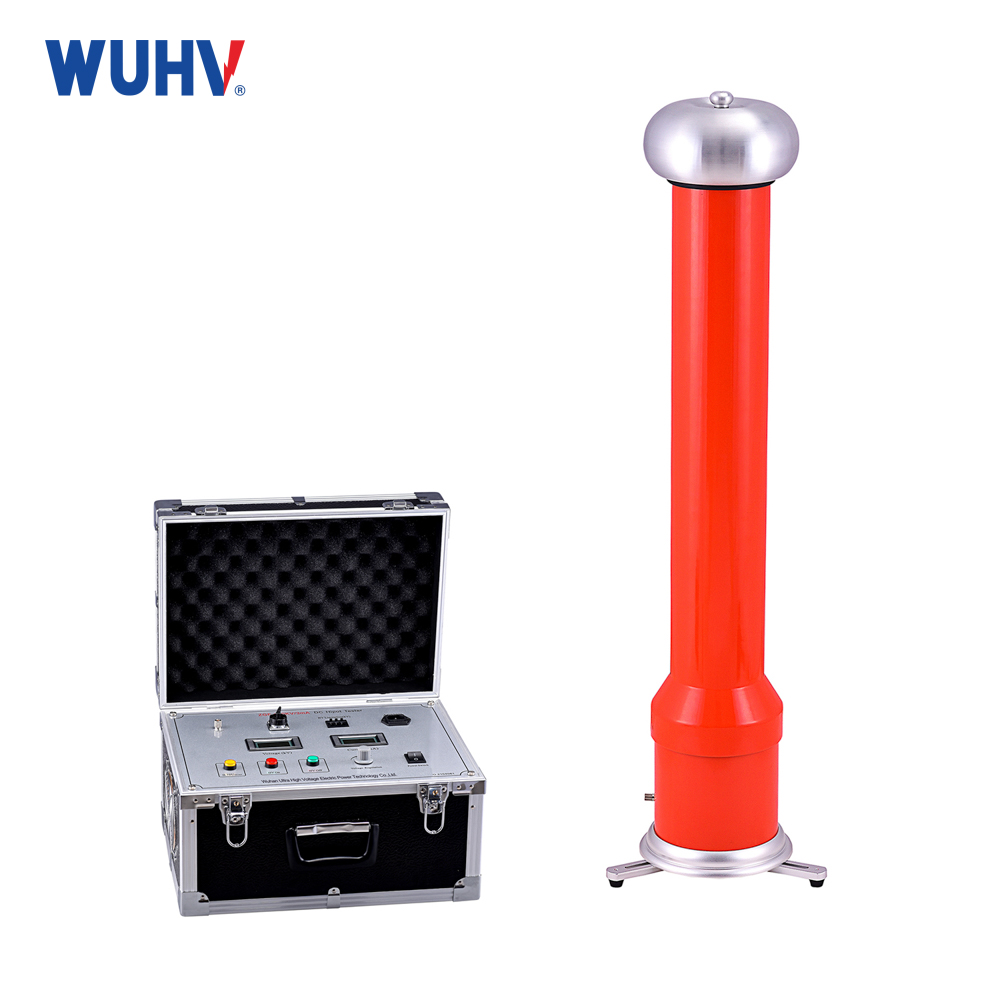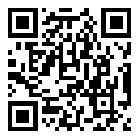Digital relay protection tester? Wuhan UHV specializes in producingmicrocomputer relay protection testers, with a wide range of product options and professional electrical testing. When looking for amicrocomputer relay protection tester, choose Wuhan UHV.
Although digitalmicrocomputer relay protection deviceshave many advantages such as high performance and multifunctionality, they are easily affected by external environmental conditions, which makes them unable to operate normally and lose their basic protection functions. So in order to avoid this situation, manufacturers have researched and taken various effective anti-interference measures during the production of relay protection devices to prevent interference from entering the system, thus avoiding equipment interference.
Anti interference measures for microcomputer relay protection
1. Hardware anti-interference measures. In the process of developing products, manufacturers take corresponding anti-interference measures for the hardware of the device. Isolation, shielding, and grounding are effective measures to block hardware interference. The main type of interference is electromagnetic interference, which has a wide range of sources. To effectively eliminate electromagnetic interference, its path into microcomputer hardware must be completely blocked. Proper isolation, shielding, and grounding measures can effectively block its entry into microcomputer hardware. The specific measure is to set a shielding layer inside the outer protective screen of the microcomputer relay protection device, which can block the interference signal outside the shielding layer. The protective layer should be effectively grounded to avoid damage to hardware caused by electromagnetic interference; The anti-interference measures taken for secondary circuit cables should first use cables with good shielding performance as much as possible to enhance the anti-interference ability of the cables; Secondly, it is necessary to plan the placement and overall layout of cables in a reasonable manner, so as to form an effective anti-interference system between cables and maximize the anti-interference performance of cables. These measures are the result of long-term research and experimentation on hardware anti-interference measures, with universality and reliability, and are very practical for hardware anti-interference.
2. Software anti-interference measures. The anti-interference measures of hardware have eliminated most of the interference, but there is still some interference entering the hardware system, which can cause damage to the software system. Electromagnetic interference has a strong destructive power on software. Under the interference, the data collected by the device is prone to distortion, leading to a decrease in the reliability of data processing; It can also interfere with the operation of programs, reduce the sensitivity of program control, and in severe cases, cause the system to crash and the device to fail. Therefore, it is equally important to take anti-interference measures for software systems. To avoid the above situation, the most commonly used software anti-interference measure is to set multiple instructions. Single instructions are prone to errors when disturbed, and multiple instructions play a role in mutual supervision between instructions, greatly avoiding the generation of erroneous instructions. In addition, strengthening the self checking capability of the system, detecting and eliminating interference in a timely manner while it is in effect, is also an effective measure for software systems to resist interference. At present, the measures for software system interference are not yet perfect and require further research and development.
Digital microcomputer relay protection technology is the crystallization of the development of the computer industry and the power industry. So far, this device has been widely used in the field of electrical protection and is a necessary equipment for electrical protection. Its high intelligence ensures the safe operation of power equipment. In the operation of microcomputer relay protection devices, there are various interference problems. Effectively solving the microcomputer interference problem and improving the anti-interference ability of the device are the prerequisites for its normal and efficient operation. During the operation of relay protection devices, corresponding anti-interference measures should be taken in the face of different interference factors to promote the development of relay protection systems in a broader field.



